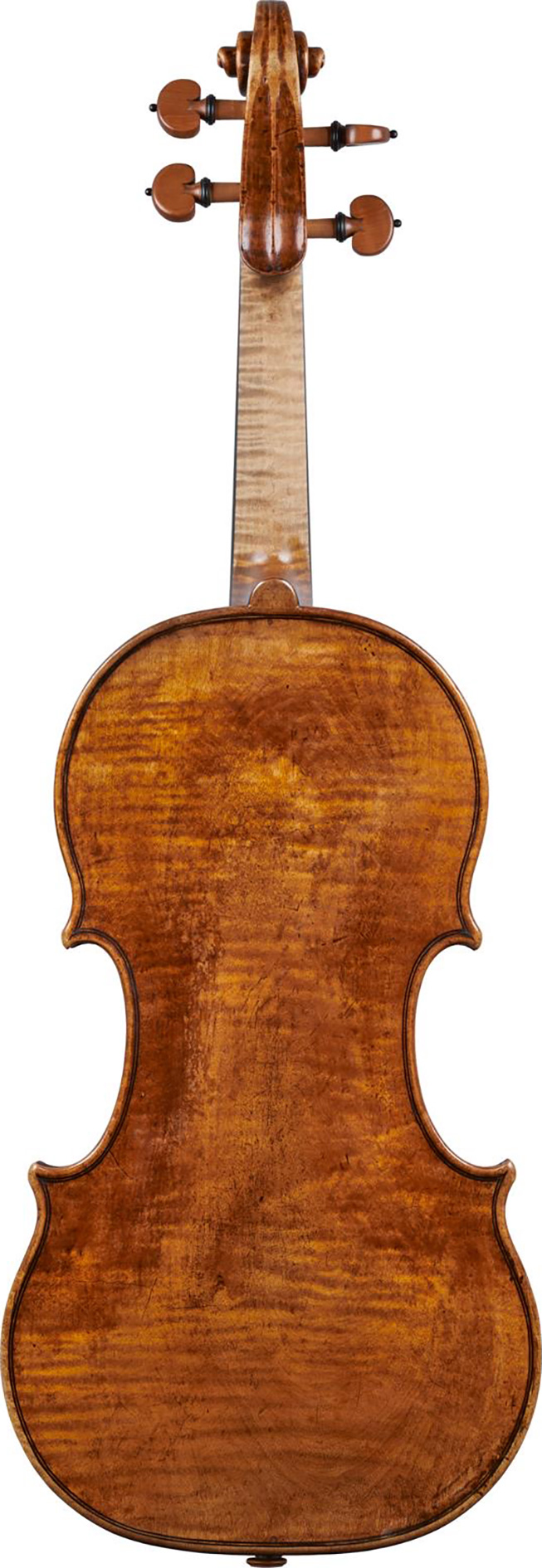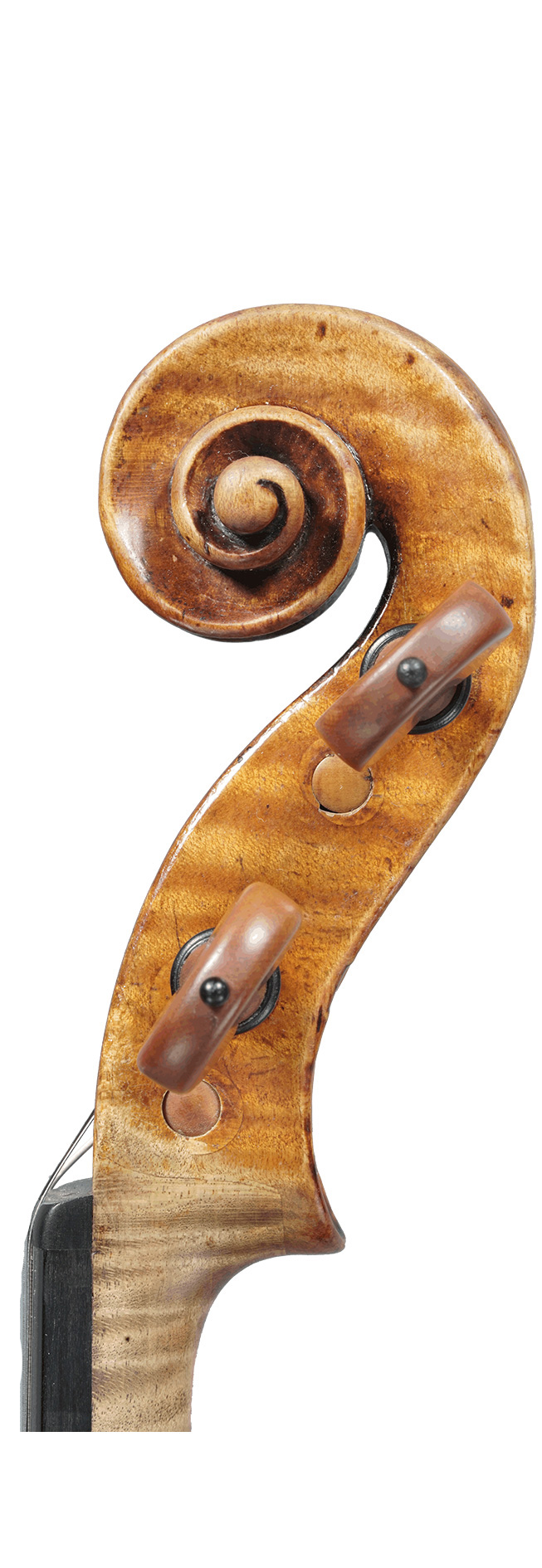Nicolo Amati 1678
Nicolo Amati (1596 – 1684), the third head of the Amati family, was one of the most excellent violin makers of the Baroque period in Cremona, Italy, and is reputed as the greatest in the Amati family.
Nicolo was born to the Amati family, a celebrated stringed instrument makers’ family in Cremona. His grandfather was Andrea Amati, and his father was Girolamo Amati, known as Hieronymus, both of whom made a great contribution to establishment of the base of the model and acoustics of the violin.
Nicolo Amati was a creator and educator who founded the cultural legacy in violin making. He cultivated the ground to raise geniuses like Stradivari and made the city of Cremona the sacred place of musical instrument making. Such achievement of his made his existence extremely important in the history of classical music.
From the beginning of 1600s, Nicolo dealt with instrument making with his father under the name of Brothers Amati. In and after 1620s, he used labels of his name.
In 1630, there was an epidemic of pest in thenorthern Italy, for which his father Girolamo and many craftsmen and citizens lost their lives. As a result, there was no other practical violin maker inCremona than Nicolo Amati.
This solitary period brought about the period of his artistic independence and innovation.
In this period, the grand Amati pattern, which much influenced Stradivari’s and Guarneri del Gesu’s model later and became the model of the Cremonese School, was established.
After this period, Nicolo Amati took in a non-family-member apprentice, which was the first case in the Amati family.
His atelier became the center of craftsman training in Cremona of the mid 17th century, where celebrated followers were raised: Andrea Guarneri, Giovanni Battista Rogeri, Jakob Strainer, Antonio Stradivari, etc.
Even after his death in 1684, his fame was still highly reputed, and his instruments and designing ideas became the foundation of the golden period of violin making of the 18th century. Worthy of note are his sense of balance of a violin, reputed as the “ideal,” education and training through his atelier running, and sweet and clear sound aesthetics, all of which were taken over to followers: Stradivari, Guarneri, the French School and German makers of and after the 19th century.
This piece of his artwork, made in 1678, is characterized by its elegant and refined f-holesand scroll, which represent Nicolo Amati himself. It has sweet and soft sound, and clear and rich harmonic overtones.




